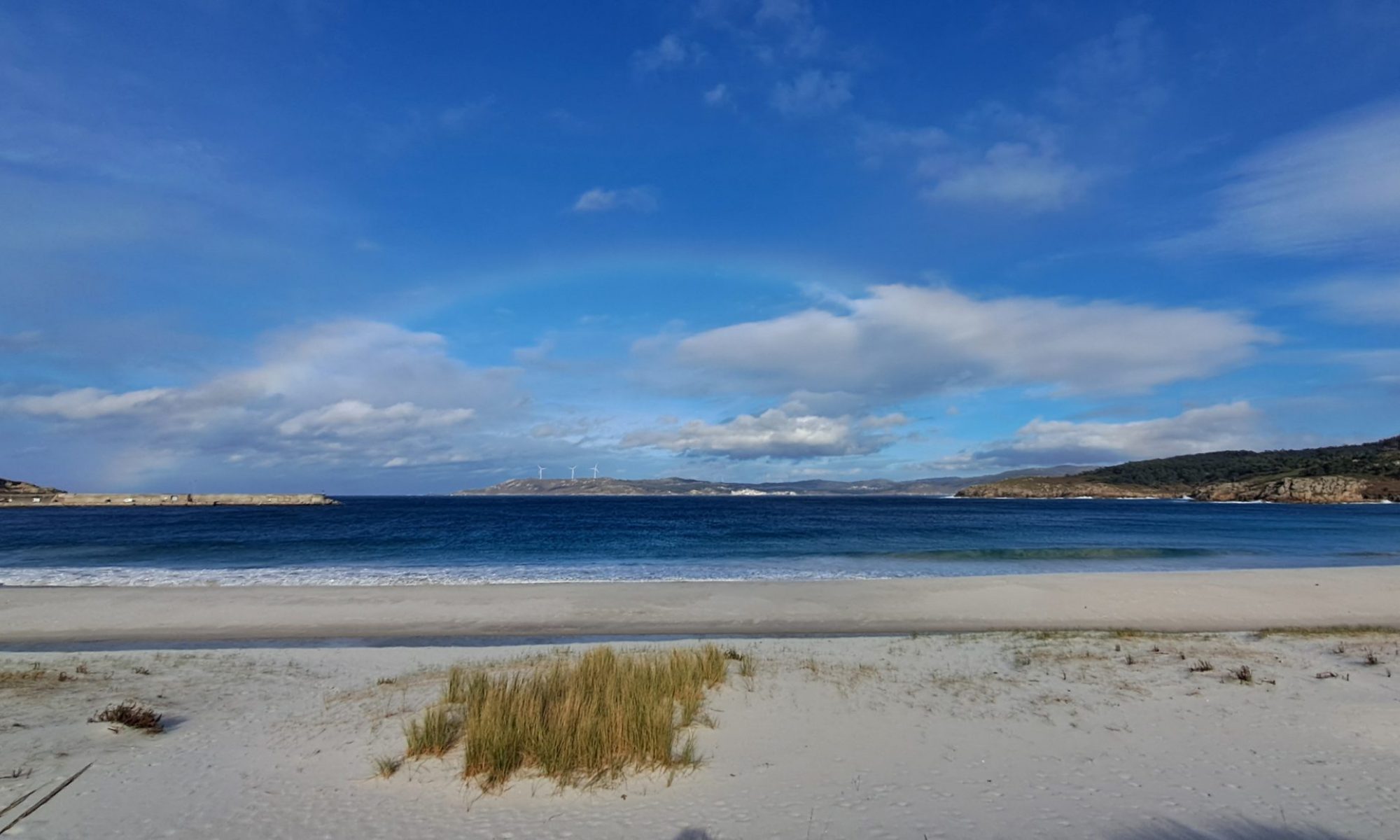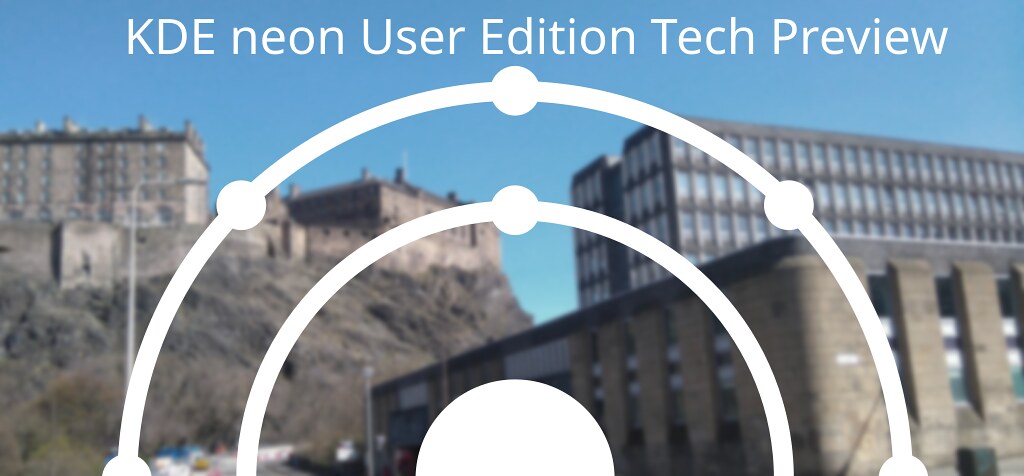I went on the Freestyle Discipline Support Module sponsored by the SCA for the SCA Freestyle committee and coaches. Freestyle is new to Scotland since until Pinkston came along there was nowhere reliable to do it. The hope is to get some freestyle coaches in Scotland who can help out running sessions at the SCA Freestyle sessions at Pinkston and do something more structured than just open sessions. The two day course was organised by the always smiling Bruce Jolliffe and led by the energetic Dennis Newton. Here’s some notes for my own use and anyone else who cares.
The moves list has all the established moves which can be broken down into constituent parts by watching videos and separating movements. Dennis showed us videos of a Lunar Orbit in a hole then on flat water and on land to show how it can be progressed from practicing on basic environments.
He seemed keen on the word proprioception which means “The unconscious perception of movement and spatial orientation arising from stimuli within the body itself”. Related to kinaesthetic learning mentioned in UKCC syllabuses.
We went out side and he got us to sit down, then stand up. Then repeat thinking about what our breathing is doing. We concluded that we held breath bit when starting the lift then breath in for the lift. It’s worth being aware of what your body is doing during its moves.
We paired up and sat with our toes touching the other’s. Then did forward paddling movements to work out what the feet were doing (press with same foot as you paddle on) and did a stern dip to work out what our feet were doing there.
We used a heavy medicine ball and threw it over out head behind us. We compared different styles of doing this and worked out a bit what the best style was to get a long throw, which is mostly what needs to be done to start a loop move. It also features the same fast burst as needed in most freestyle moves.
On the land we did a drill for doing a loop. Nudge feet forward to dip then sit upright and snap the paddles high above the eyeline. Then tuck paddles into waist and do a forwards roll (or not if on concrete) so legs are in the air then kick legs straight so you end up lying on the ground, then sit upright.
We got changed and did flat water training for a loop. One coach on the side picked up the stern of the paddler’s boat to make it vertical, then pushed down while the paddler sat upright put paddles infront and above their eyes. Then the bank coach pushed down the boat and on the pop up the boater tucked paddles into waist and put head forward quickly to loop the boat over. Straightened legs afterwards makes for a pretty complete loop.
The moves all link together in a progression which goes:
pivot turns -> blunts/blasts -> split wheel -> cart wheel -> lunar orbit -> tricky woo
loop -> space godzilla -> mcnasty -> phonics monkey
The bluts also feed into the mcnasty.
So starting off with pivot turns and loops you can progress onto the following moves.
Doing a blunt is a more useful move then a double pump for bow dip as it links into the moves in the hole.
After lunch we did some land based practice. We used a wobble cushion under the boat to practice lean cleans. He also showed us a spin board which can be used to practice turns. He showed us practicing edging on a swiss ball and how some people have move flexibility which allows for better separation of upper and lower body.
Having done the eye catcher of the loop we next did a pivot turn (less of an eye catcher). Paddle forward then power stroke on right with edge to right then sweep on the left side and switch edge. The boat should rotate round the bow. Practice it bilaterally of course. (This isn’t a great description so I clearly didn’t internalise it well, more practice needed.)
He showed us reverse pivots and blunts then split wheels then cartwheels all of which is way beyond me.
In a hole you need to place and time your move precisely so he used markers and said to practice doing the move in line with it. He also started with the whole group practicing then did it individually so we could go from no pressure to some peer pressure and observation.
Then we turned on the pumps and tried out loops on the moving water. Then we paired up and did some pair coaching on the flat and the moving. Then we were tired so we called it a day.
On the second day we went to the Garry and had lots of fun doing stern stalls and surfs. Using a freestyle boat does make river paddling at grade 3 a lot more fun.






